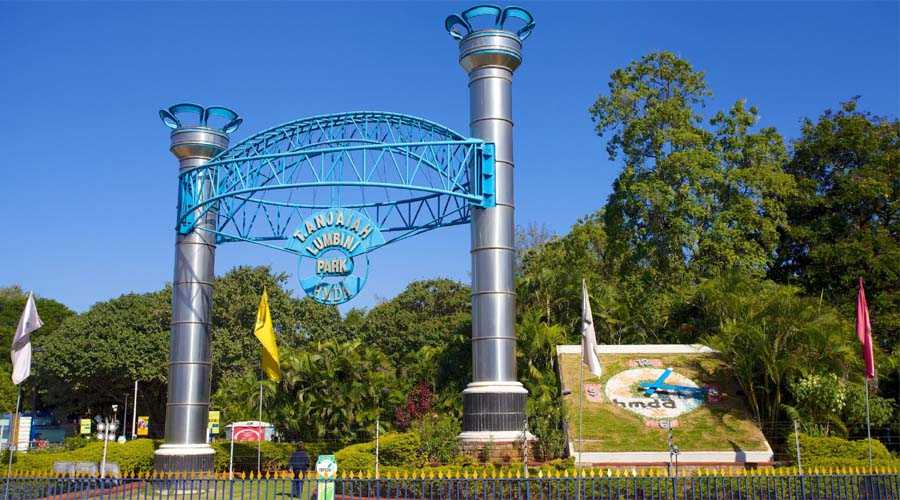India is often celebrated as the cradle of diverse civilizations, religions, and art forms. Among its treasure trove of heritage sites, the Ajanta Caves, located in Maharashtra’s Aurangabad district, stand out as one of the most extraordinary embodiments of Buddhist art and architecture. These caves, cutting deep into a horseshoe-shaped cliff along the Waghora River, represent a harmonious blend of spirituality, artistry, and storytelling. Recognized as a UNESCO World Heritage Site, Ajanta Caves continue to fascinate travelers, historians, and art lovers across the globe.
Historical Background
View this post on Instagram
The Ajanta Caves date back to nearly 2nd century BCE, when they were first excavated under the patronage of the Satavahana rulers. They initially served as monastic retreats for Buddhist monks, who sought solitude for meditation and spiritual practice. The caves were actively developed in two distinct phases:
- Early Phase (2nd century BCE – 1st century CE) – Consisting mainly of simple vihara (monastic halls) and chaitya (prayer halls), these caves were closely linked to the Hinayana phase of Buddhism, where the Buddha was represented symbolically through stupas and footprints.
- Later Phase (5th – 6th century CE) – Commissioned during the reign of the Vakataka king Harishena, this phase saw significant artistic flourish. Here, we see the shift to Mahayana Buddhism, where the Buddha was depicted in human form through magnificent statues and murals.
Over centuries, the Ajanta Caves were gradually abandoned and forgotten, hidden by dense forest until they were rediscovered in 1819 by a British officer, Captain John Smith, during a hunting expedition.
Architectural Significance
The Ajanta complex comprises 30 rock-cut caves, each carved meticulously by hand using only basic tools, with remarkable precision and vision. These caves were excavated directly into the basaltic rock of the cliffs, which made the effort even more extraordinary.
The caves are broadly divided into two categories:
- Chaitya Grihas (Prayer Halls): Large halls with stupa structures at one end, designed for congregational worship and chanting. These halls are characterized by vaulted ceilings, curved wooden-like beams carved into rock, and decorative pillars.
- Viharas (Monastic Residences): Rectangular halls with small cells along their walls, serving as living quarters for monks. They feature central halls with square pillars and intricately carved doorways and shrines housing images of the Buddha.
The planning of these caves reflects both functional needs of a monastic community and aesthetic brilliance. From the symmetry of the layouts to the sheer scale of excavation, Ajanta proves the mastery of ancient Indian architects and artisans.
Artistic Brilliance: Murals and Sculptures
The most celebrated aspect of Ajanta is its murals and frescoes, which have survived for more than two millennia. These paintings provide not only artistic beauty but also valuable insights into ancient Indian life, culture, and spiritual thought.
Frescoes and Paintings
Executed using the fresco-secco technique, the murals depict stories from the Jataka tales, illustrating the previous lives of Buddha. The themes revolve around compassion, sacrifice, morality, and spiritual aspiration. What makes these paintings extraordinary is their naturalistic style, graceful lines, expressive faces, and a vibrant palette that used natural pigments like ochre, lapis lazuli, and lamp black.
Scenes of royal courts, village life, animals, flora, and celestial beings are vividly brought to life on the cave walls. For example, the famous depiction of the Bodhisattva Padmapani in Cave 1, with half-closed eyes and a lotus in hand, remains one of the most iconic images of Indian art.
Sculptures
Alongside paintings, Ajanta also boasts magnificent rock-cut sculptures. Statues of seated and standing Buddhas dominate many shrines, reflecting themes of meditation, teaching, and enlightenment. The grace, simplicity, and symbolic gestures (mudras) of these figures reveal profound spiritual depth.
Cultural and Spiritual Relevance
Ajanta is not just an artistic marvel; it is a living testament to the Buddhist philosophy of compassion and renunciation. The caves once served as spiritual retreats for monks who engaged in meditation, scriptural study, and the teaching of dharma.
The painted narratives of Jataka stories were also an educational medium. They conveyed moral lessons to the lay population at a time when literacy was limited. By visualizing stories of the Buddha’s previous lives, the artists communicated values of selflessness, ethical conduct, and devotion to truth.
Additionally, Ajanta demonstrates how religion, art, and everyday life intermingled seamlessly in ancient India. Royal patronage ensured that these expressions were not limited to religious austerity but also celebrated the richness of human experiences.
Rediscovery and Conservation
After being abandoned around the 7th century, the caves remained hidden for nearly a millennium before their rediscovery in the early 19th century. Since then, they have garnered worldwide recognition as a pinnacle of Buddhist heritage.
Conservation, however, remains a pressing challenge. The murals, though astonishingly well-preserved, are highly fragile. Exposure to light, moisture, and human activity threatens their longevity. Governmental bodies such as the Archaeological Survey of India (ASI), in collaboration with UNESCO, have undertaken sustained efforts to preserve the site. Special lighting, restricted photography, and controlled visitor movement ensure that the delicate artworks retain their brilliance for future generations.
Ajanta Today: A Global Heritage
Today, Ajanta Caves are one of India’s most visited historical and cultural attractions. Thousands of visitors from across the world flock each year to marvel at its rock-cut architecture and paintings. For art historians, it remains an invaluable repository of ancient techniques and narrative styles, while for spiritual seekers, Ajanta still radiates an aura of serenity.
The caves also play an essential role in highlighting India’s contribution to the global heritage of art and religion. They show how the country, centuries ago, fostered a cosmopolitan culture where creativity, spirituality, and craftsmanship thrived side by side.
Conclusion
The Ajanta Caves are more than just archaeological remains; they are a living canvas of India’s timeless artistry and spirituality. With their exquisite murals, skillful sculptures, and profound narratives, the caves embody the depth of Buddhist thought and the ingenuity of ancient artisans.
Ajanta continues to resonate with visitors not only as a heritage monument but also as a reminder of humanity’s eternal quest for beauty, meaning, and enlightenment. In every brushstroke and every carved detail lies a story—a story that bridges centuries and still speaks to us today.


